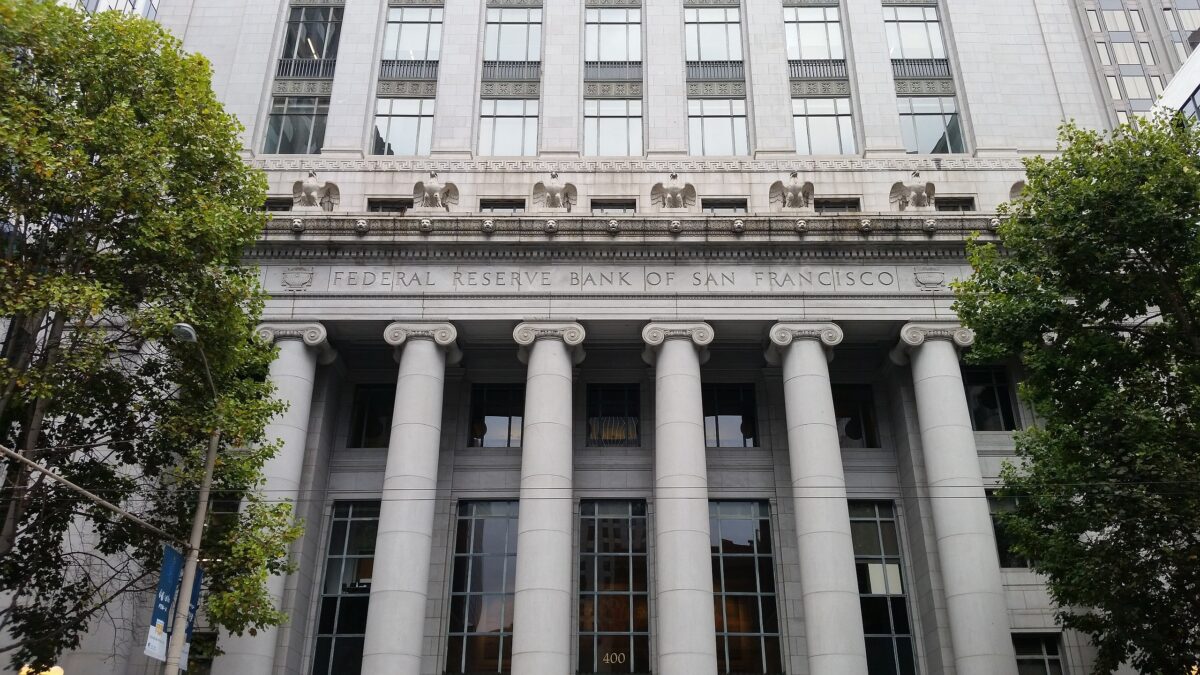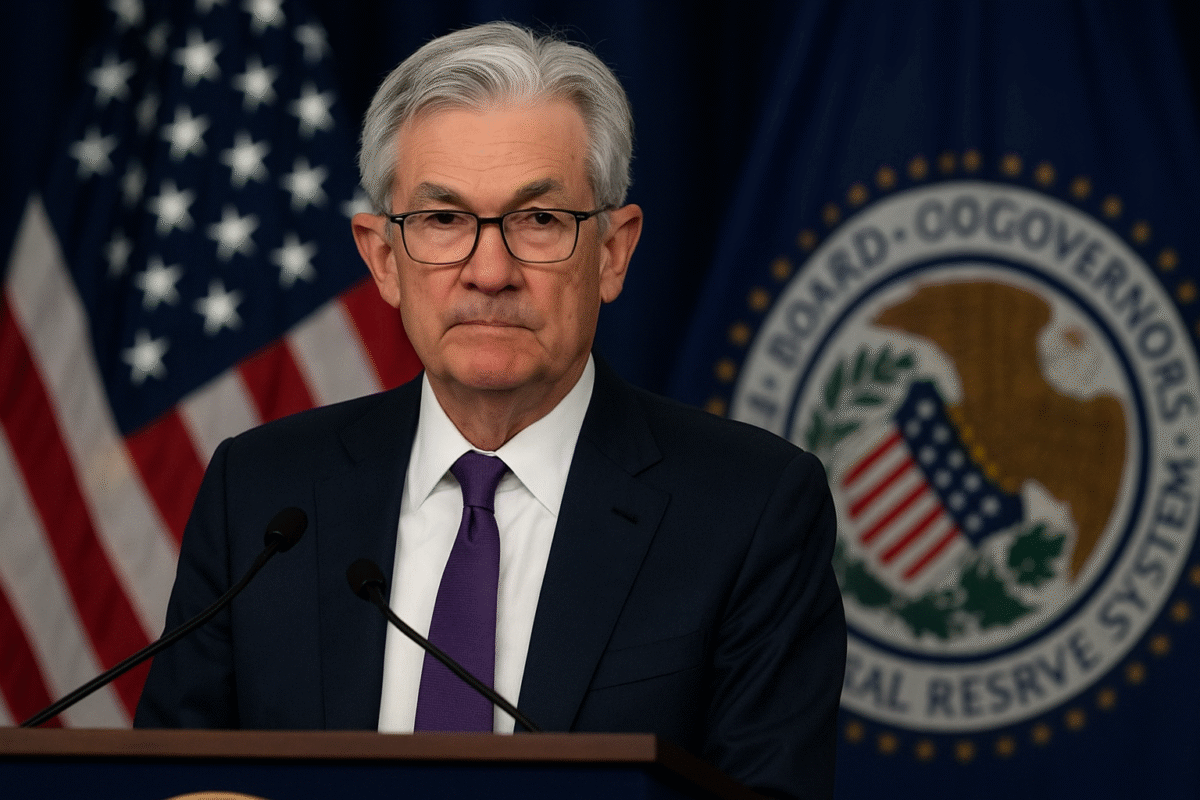What are rare earth elements – and why is Trump threatening new tariffs on China? Here’s what to know

President Donald Trump delivers a controversial address at the 80th UN General Assembly in New York City. Image Credit: UN Photo/Loey
Tensions between Washington and Beijing reached a new boiling point on Friday as U.S. President Donald Trump threatened to slap a 100% tariff on Chinese imports starting November 1 — or even sooner. The move, announced via a fiery Truth Social post, marks the latest escalation in a long-running trade rivalry that once shook global markets and could soon do so again.
The president’s renewed tariff threat comes in direct response to China’s newly announced export restrictions on rare earth elements, materials essential to manufacturing smartphones, electric vehicles, renewable energy systems, and military technology. In his post, Trump accused Beijing of taking “extraordinarily aggressive” steps that threatened the global supply chain.
“It is impossible to believe that China would have taken such an action, but they have, and the rest is History,” Trump wrote on Truth Social.
Markets reacted sharply to the renewed uncertainty. The Nasdaq plunged 3.6%, while the S&P 500 dropped 2.7%, as investors braced for what could be the next chapter in a high-stakes economic confrontation between the world’s two largest economies.
A Renewed Economic Crossfire
Trump, visibly frustrated, warned that Washington would impose not only the new 100% tariff but also export restrictions on “any and all critical software” to China. The tariffs would effectively double existing duties on Chinese goods, which already face a 30% rate imposed under Trump’s previous administration. Beijing, in turn, maintains its own 10% retaliatory tariffs.
The president also hinted that his planned meeting with Chinese leader Xi Jinping at the upcoming Asia-Pacific Economic Cooperation (APEC) Summit in South Korea may be in jeopardy. The meeting would have been the first between the two since Trump’s return to office in January.
“I was to meet President Xi in two weeks, at APEC, in South Korea, but now there seems to be no reason to do so,” Trump wrote.
Later, when pressed by reporters, he softened slightly: “I haven’t canceled, but I don’t know that we’re going to have it. But I’m going to be there regardless.”
Rare Earths: The New Battlefield
At the center of this latest standoff are rare earth elements — a group of 17 minerals critical to advanced technologies. China dominates global production and refining, accounting for more than 80% of the market. Beijing’s decision to restrict exports has triggered alarm in Washington and among U.S. allies, as these minerals are vital to defense systems and clean energy industries.
“There is no way that China should be allowed to hold the world captive,” Trump wrote, calling Beijing’s move “very hostile.”
The timing of China’s action, Trump suggested, is deliberate. He accused Beijing of “lying in wait” after six months of relatively calm relations, during which progress had reportedly been made on issues like TikTok’s U.S. operations — a key concern for Washington’s cybersecurity agenda.
Mounting Global Fallout
According to Trump, several countries have contacted the United States to express their anger over China’s new trade measures. “Some very strange things are happening in China,” he said. “They are becoming very hostile.”
The renewed hostility comes just weeks after Trump publicly emphasized his willingness to work with Xi and even floated a possible 2026 visit to Beijing. That optimism now appears to have evaporated as both nations dig in for another round of economic brinkmanship.
The trade dispute also has electoral implications. Trump reportedly intends to pressure Xi on U.S. soybean purchases, an issue critical to America’s agricultural heartland and his political base. Farmers have felt the sting of earlier tariff wars, which disrupted exports and raised costs for agricultural producers.
A Domino Effect of Retaliation
China has already responded with its own measures. Earlier Friday, Beijing announced “special port fees” for U.S.-operated ships following Washington’s decision to impose new charges on Chinese-linked vessels in April. Meanwhile, the Federal Communications Commission (FCC) reported progress in removing millions of listings for “banned Chinese devices” from U.S. e-commerce platforms.
“The Communist Party of China is engaged in a multi-prong effort to insert insecure devices into Americans’ homes and businesses,” said Brendan Carr, FCC Commissioner.
As both nations trade economic blows, analysts warn that the ripple effects could be global — affecting everything from smartphone prices to renewable energy projects. With Trump doubling down and Xi unlikely to back down, the world may be witnessing the early days of Trade War 2.0.
FAQs
1. Why is Trump threatening new tariffs on China?
Trump’s 100% tariff threat is a response to China’s export restrictions on rare earth minerals, which are vital to U.S. industries.
2. What are rare earth elements, and why are they important?
They are a group of 17 minerals essential to producing smartphones, electric vehicles, and military hardware — sectors heavily reliant on Chinese supply.
3. Will Trump meet with Xi Jinping at the APEC Summit?
The meeting is uncertain. Trump has expressed doubt about attending but hasn’t formally canceled.
4. How are global markets reacting?
U.S. stock markets dropped significantly, with the Nasdaq down 3.6% and the S&P 500 down 2.7%, as trade tensions spiked.
5. Could this trigger a new trade war?
Analysts believe the new tariffs could mark the beginning of another U.S.–China trade war if both sides escalate further.




